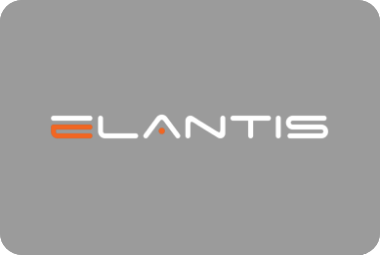The rise of the Citizen Development Model represents the new capabilities of low-code/no-code programming. At first glance, the development of low-code/no-code platforms seems simple and convenient, putting application development capabilities in the hands of an end-user with little-to-no programming knowledge. But, like any other seemingly simple innovation in technology (the printing press, the phonograph, the personal computer, etc.), the long-term revolutionary benefits of these advancements are far more profound than they first appear.
Low-code/no-code platforms have been said to disrupt the world of software development, but they have actually become a mediating force in the business world. They have bridged the gap between traditional forms of business and the development of solutions through software applications.
What is a Citizen Developer?
A Citizen Developer is a business employee with no coding experience or formal training in programming who uses low-code/no-code technology to create applications that meet the needs of their organization. Whether they are experienced in Project Management, Sales, Human Resources, Records Management, or other areas, a Citizen Developer has transferrable technical skills to create mobile or web apps by dragging and dropping visual components.
Since low-code platforms make application development more legible for individuals with no coding experience, Citizen Developers are now able use their experience and skills in other fields to create applications that solve problems for the business.
The Citizen Development Model Promotes Collaboration, Not Exclusion
Some people may view the rise of Citizen Development as another way to automate jobs and eliminate the need for IT departments, but this is not the case. Experienced IT professionals are still a vital part of the Citizen Development Model. This model creates a universal language that both the IT professional and a business professional both understand.
Without a knowledge of coding and programming, a Citizen Developer can now collaborate and clearly communicate with a company’s IT department in order to accurately and efficiently develop applications that fully meet the company’s needs. Adopting the Citizen Development Model can only further unify your company and better prepare you for the growing potential of low-code/no-code platforms.
Helping you Strategize the Structure of Your Citizen Development Model
Although the Citizen Development Model is user friendly, there are still important things to consider when adapting to this model. It is important to analyze the needs of your company and to answer these questions:
- How many Citizen Developers does our company require?
- How many departments should have a Citizen Developer?
- How can you implement a centralized Citizen Development department to liaise between all developers?
Elantis is here to help you with all of these questions and more! Please reach out to us to see how you can implement the Citizen Development Model in your organization and experience yet another benefit of the low-code/no-code movement.

























